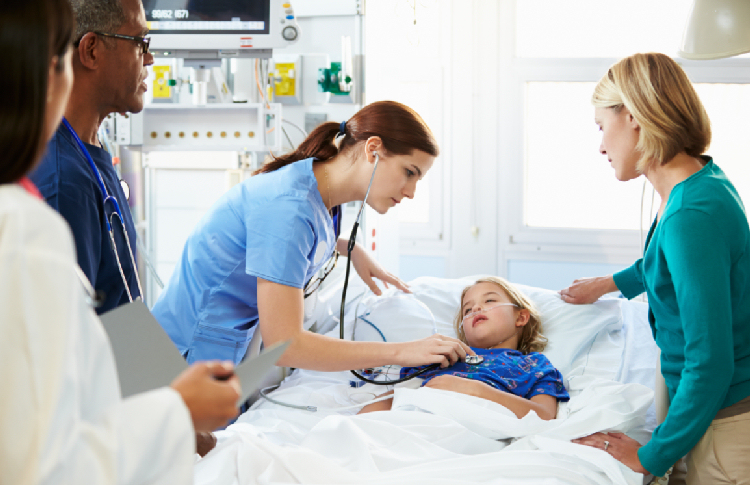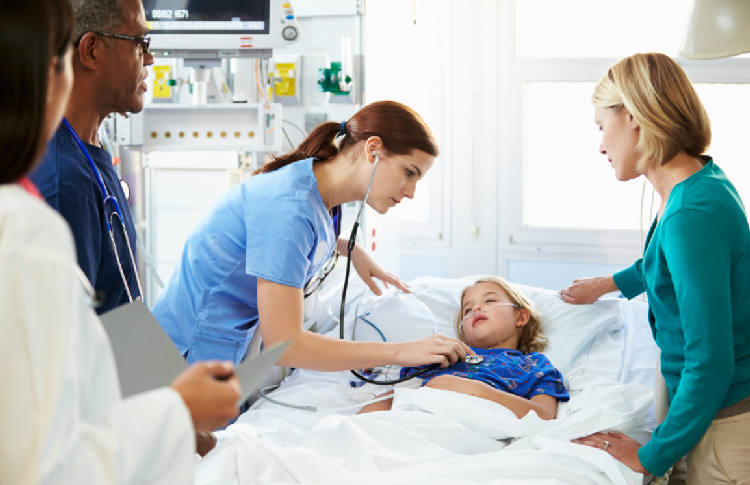
The presence of the bacterium Kingella kingae in children’s throats was strongly linked to bone and joint infection with the same bacterium, according to new research published in CMAJ (Canadian Medical Association Journal). Bone and joint bacterial infections in children can have devastating effects on long-term mobility and can cause death. Previously, most infections were thought to be caused by Staphylococcus, Streptococcus and Haemophilus influenzae type b bacteria and were treated with long-term antibiotics and/or surgery. Over the last years, new highly sensitive techniques have allowed more precise identification of the bacteria responsible for these infections.
The study, between two pediatric centres in Canada and Switzerland, included 77 children aged 6 months to 4 years of age admitted for suspected bone or joint infection and 286 controls. Of the suspected infections, 65 children had confirmed bone or joint infection.
“Using improved diagnostic methods, our study found that the vast majority of children younger than 4 years old suffering from a bone or joint infection were infected by Kingella kingae bacteria,” states Dr. Jocelyn Gravel, Centre hospitalier universitaire Sainte-Justine, Université de Montréal, Montréal, Quebec. “More importantly, we discovered that 70% of children who had a bone/joint infection carried these bacteria in their throats, while it is uncommon in uninfected children (only 6%).”
These results are important because the proportion of unknown pathogen was very high in previous studies. Now, using innovative diagnosis methods, this study demonstrated the K. kingae is not uncommon. Rather, it is by far the most common pathogen for bone or joint infection in children.
“Based on this study, we plan to change the way we investigate children at risk of bone/joint infection, because the identification of K. kingae in the throat of a child with a suspected bone infection will point towards K. kingae as the culprit. This may decrease the number of other tests performed to identify the pathogen.”
The authors note that it was a small study and further studies in other North American cities are needed.
###
In a related commentary http://www.cmaj.ca/lookup/doi/10.1503/cmaj.170843, Drs. Romain Basmaci and Stéphane Bonacorsi, Hôpital Louis-Mourier, Colombes, France, caution that, although the findings of the study show a strong association between throat infection of K. kingae and bone/joint infection, “with a carriage rate among healthy children as high as 10% in some countries, relying on oropharyngeal detection as a proxy for diagnosis in the case of a joint infection would result in a high false-positive diagnosis.”
The research study was a collaboration between two pediatric hospitals in Montréal and Geneva.
Media Contact
Kim Barnhardt
[email protected]
800-267-9703
@CMAJ
http://www.cmaj.ca/





